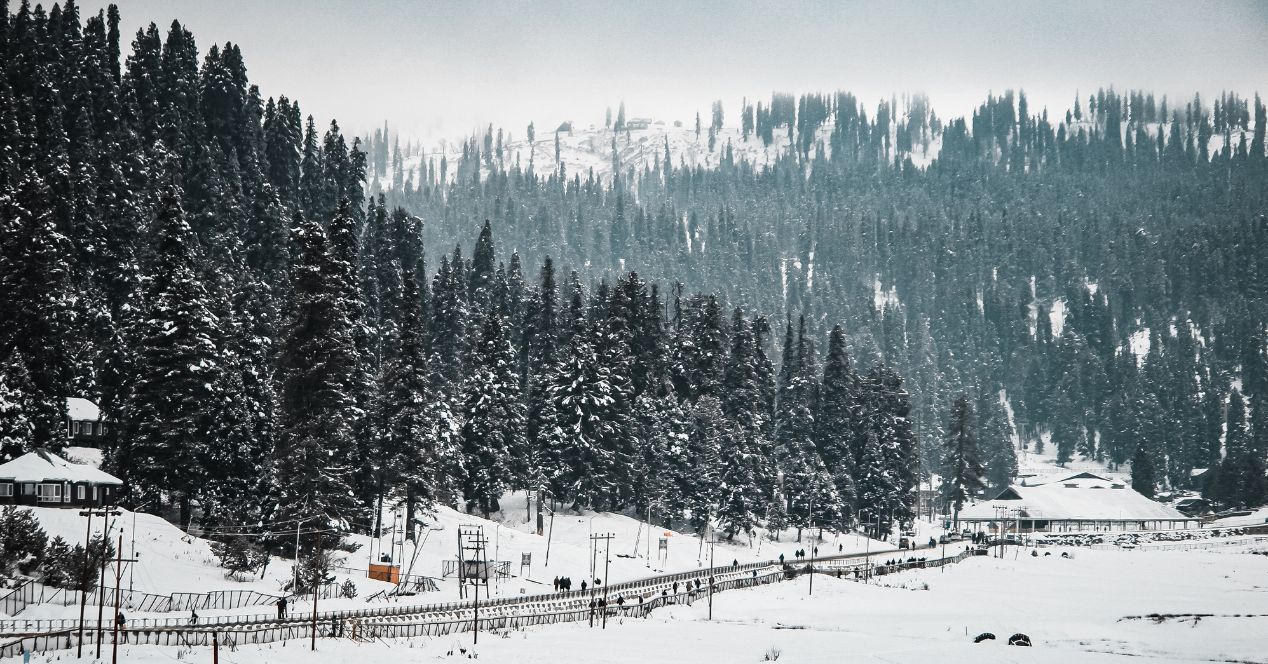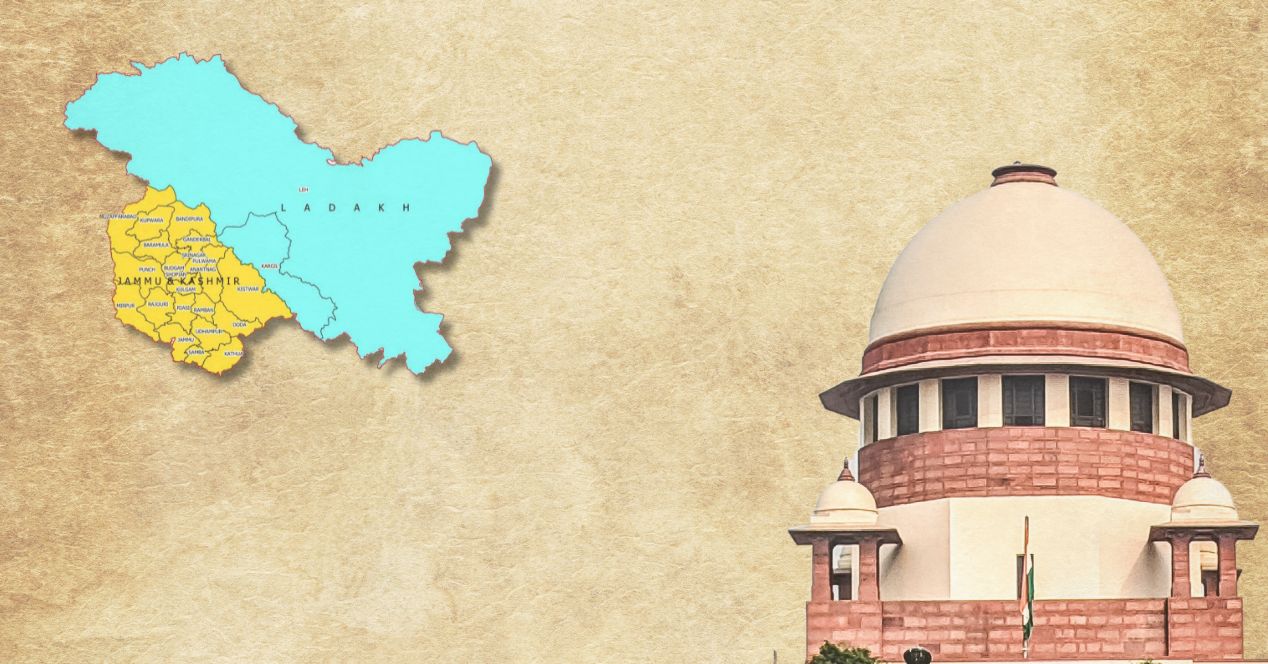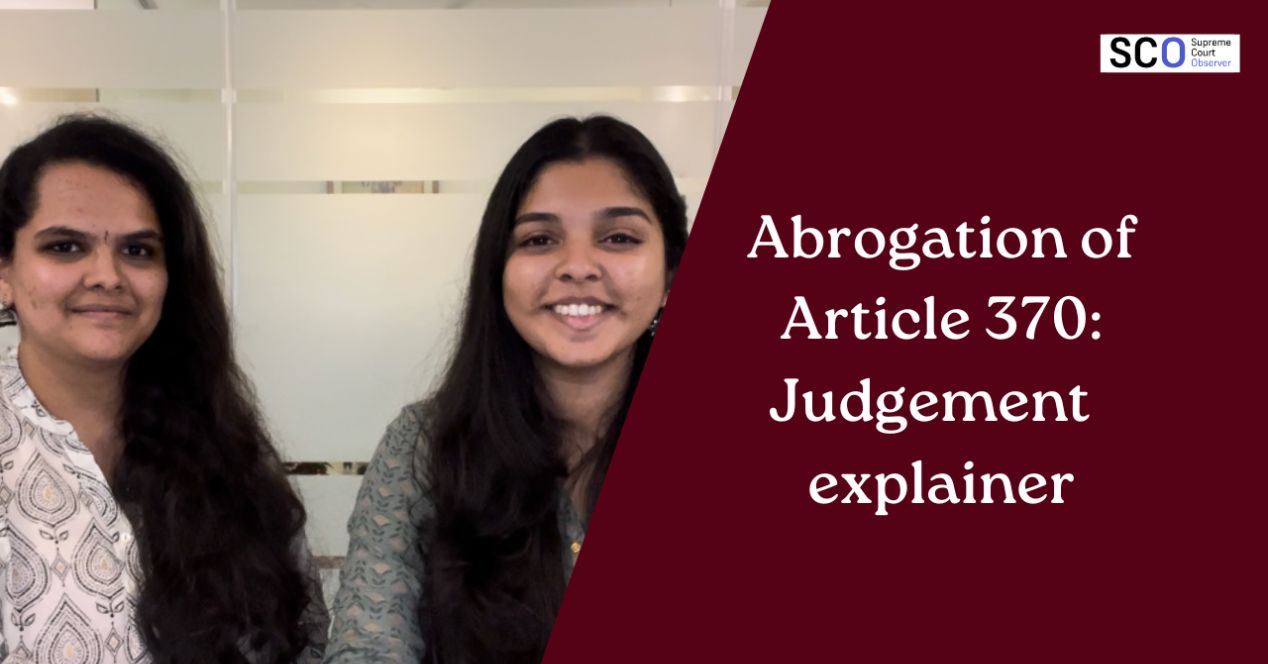Analysis
Silent Valley
The Article 370 Judgment narrates a lot of history but gives cursory treatment to the present. Meanwhile, the Valley observes silence.

This Monday, the Supreme Court—in one unwavering voice—delivered its verdict in the Abrogation of Article 370 case. By upholding the revocation of Jammu and Kashmir’s special status, the Court put a line under one of the biggest political questions of our time.
By now, some of you may have already waded through all 476 pages of the judgement. (We’ve summarised the judgement here. There are few surprises in it, though some experts were more granular in their predictions than others.) It narrates a lot of history but gives only cursory treatment to the present. There’s no mention of the stealthy manner in which Constitutional Order 272 came about, and the long winter of Kashmir’s discontent in the wake of the abrogation.
This week, the silence in the Kashmir Valley was of a different quality than the one that enveloped it in August 2019. That one was more restive, more angry, it seemed then that many things were still up in the air. This week’s silence is more resigned and, dare we say, detached. But silence can signify many things: respect, when you wait with baited breath for a luminary to speak; exhaustion, after all emotion has been extinguished.
There are many who say good riddance, peace is upon the Valley finally. I’m reminded of a line in Agha Shahid Ali’s poem “Farewell”: They make a desolation and call it peace. Not too long ago, even in the world’s most militarised zone, journalists and human rights groups were still able to go about their jobs—we wouldn’t have known about many atrocities if it wasn’t for their work.
Constitutional experts have told us that the decision is not bad in law. (One expert pithily said: “legally sound, morally suspect.”) On the question of sovereignty, it’s hard to argue with the Court’s finding.
And yes, festering wounds require drastic measures sometimes. But what rankles in the case of Kashmir is the veneer of legality. Jackboots in the dead of night, the longest internet ban in the country’s history, preventive arrests and detentions—and then the gloss of endless arguments about Articles, recommendations and concurrence in the constitutional court. This is not to request the Court to condemn the politics, but only to acknowledge that the law often operates in hindsight to legitimise the realpolitik. That is now the story of Kashmir.
One of the petitioner’s submissions contended that the three “independent and mutually reinforcing” pillars of Article 370 were asymmetric federalism, autonomy and consent. Autonomy is out of the window, it remains to be seen what exists of federalism and consent. As we touched upon in our video explainer, the Court’s refusal to engage with the demotion of J&K to Union Territory was based on an oral promise by Solicitor General Tushar Mehta that statehood would be restored at a later date. The Court also gave a long rope to the Union in the matter of conducting elections—the deadline of 30 September 2024 gives the Central Government enough breathing space after the next general election.
Are the people of Kashmir really coming around to Delhi’s benevolent patriarch view of the region, as much of the mainstream media would have us believe? One place to approach an answer is the polling booth even as we know that it was the rigged election of 1987 that precipitated this mess in the first place. But for now, and not just in Kashmir, the ballot is holding together this audacious representative democracy. Let something remain sacred.
This article was first featured on SCO’s Weekly newsletter. Sign up now!
Subscribe!



